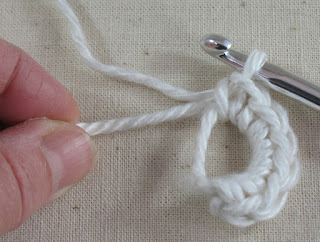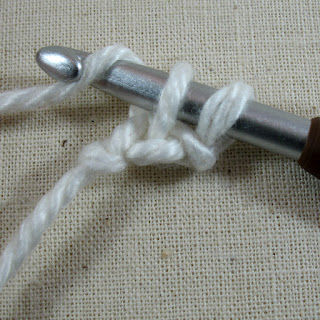Edie is a born teacher, not in a ruler on the knuckles type way, and she never talks down to you, but you just can't help learning from her. She has online classes and you'll find her on Craftsy. She's written plenty of books which you can find more about here. Yes I've got a few well thumbed copies of them! But you'll learn plenty on her web site too.
Every now and again she does a mini CAL or challenge. Here's my attempt at her Xmas stocking CAL.

 And here is my stack of experiments from her Motif Challenge.Who knew I was that good at experimenting! Take a simple motif and experiment with it.
And here is my stack of experiments from her Motif Challenge.Who knew I was that good at experimenting! Take a simple motif and experiment with it.
My favourite two are the painted crochet version and the overlay crochet version.

















































